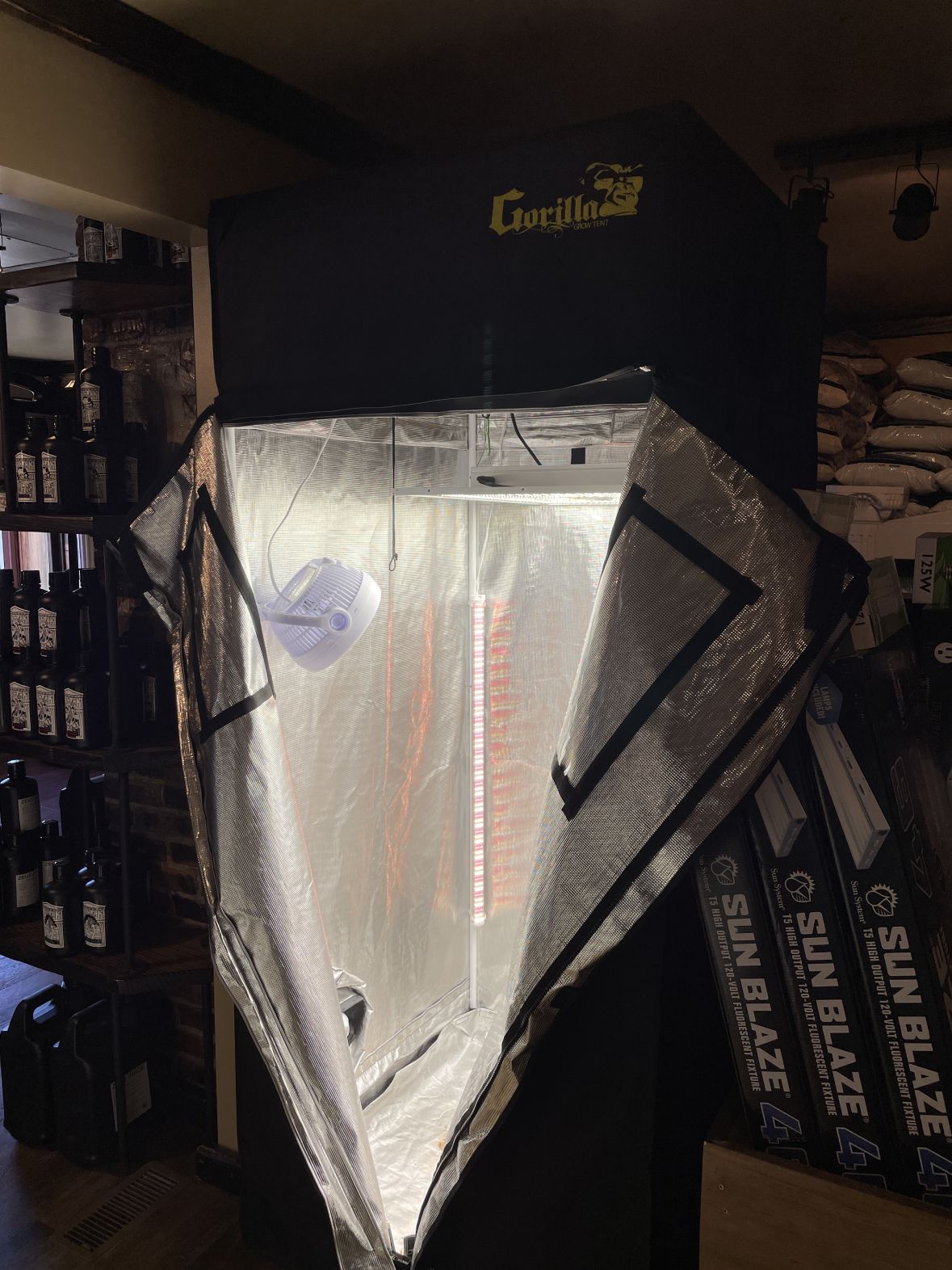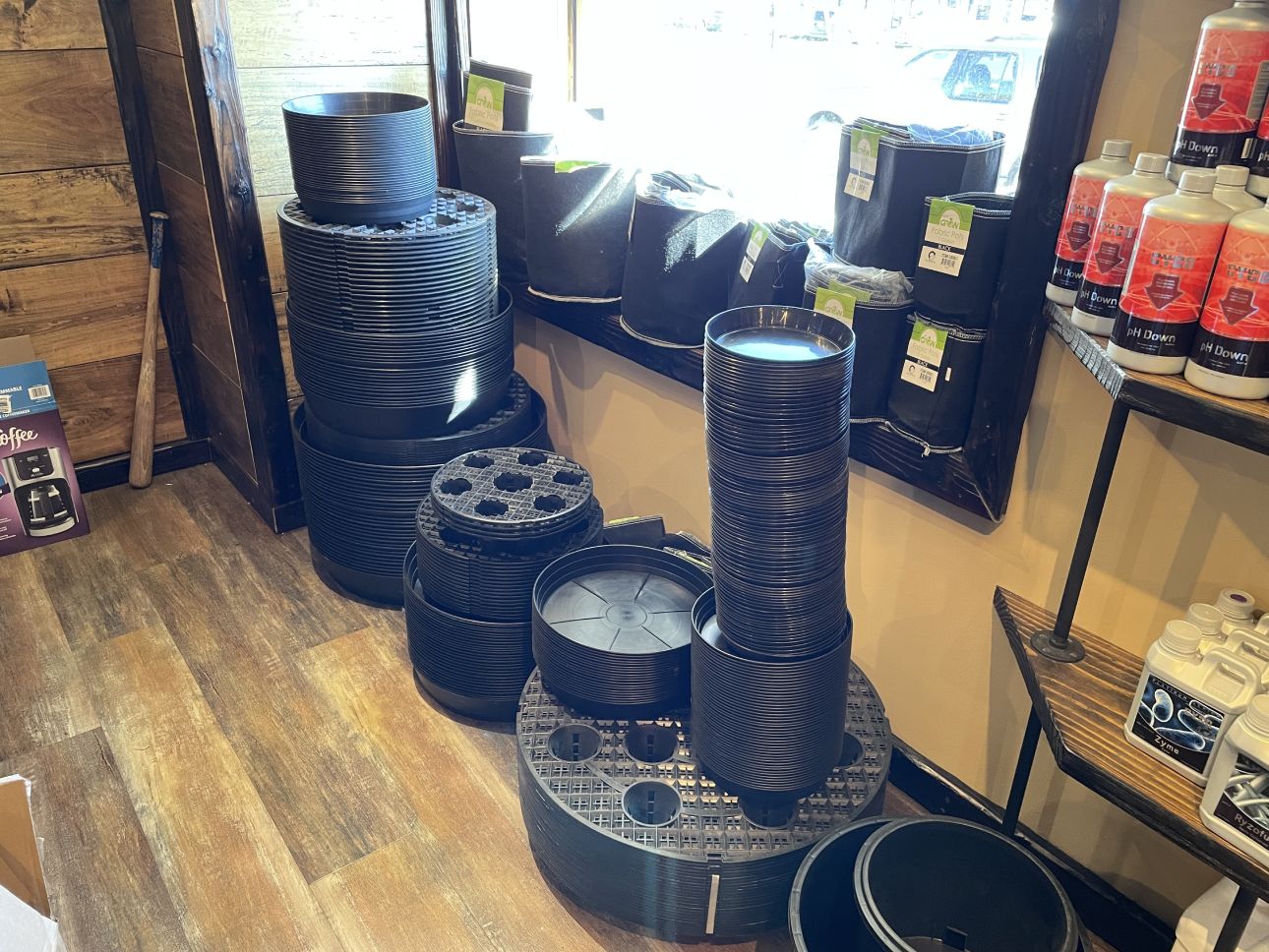The Indoor Earthworm Process: Your Key to Flourishing Plant Kingdom Through Growing
The Indoor Earthworm Process: Your Key to Flourishing Plant Kingdom Through Growing
Blog Article
Unlocking the Potential of Hydroponics: Recognizing Its Makes Use Of and Different Types
Hydroponics, a technique of growing plants without soil, has actually gathered raising focus for its prospective to reinvent farming and gardening practices. The accuracy control over nutrient shipment, water use, and environmental elements supplies a glance right into a future where food manufacturing can be maximized in different settings. As we browse via the complex landscape of hydroponic systems and strategies, it becomes noticeable that each approach holds distinctive advantages and constraints. By deciphering the diverse usages and sorts of hydroponics, we can discover a globe of opportunities that may reshape just how we envision lasting farming and gardening methods.
Advantages of Hydroponic Equipments

One more advantage of hydroponic systems is the capacity to expand plants in a smaller sized area. Hydroponic systems reduce the threat of soil-borne illness and bugs, as there is no soil to harbor these threats.
Usual Uses in Agriculture

Provided the reliable water conservation and space-saving advantages of hydroponic systems, it is apparent that these cutting-edge farming methods have located typical uses in numerous fields of farming. The regulated setting of hydroponic systems makes it possible for year-round cultivation, providing a regular supply of fresh produce no matter of exterior weather conditions.
Hydroponics is frequently used for growing a variety of plants, consisting of leafed environment-friendlies, tomatoes, cucumbers, herbs, strawberries, and peppers. Additionally, hydroponic systems are utilized in study and educational setups to research plant nutrition, farming, and growth strategies.
Exploring Various Hydroponic Techniques
Hydroponic systems use a variety of methods that cater to various plant kinds and cultivation goals. Furthermore, the Ebb and Flow system, additionally known as the Flood and Drainpipe system, periodically floods the plant roots with nutrient option, enabling for oxygenation throughout draining periods. Each of these techniques showcases the versatility and performance of hydroponic systems in improving crop growth and yield.
Contrasting Different Hydroponic Systems
Exploring the performance and return improvement strategies in hydroponics leads us to compare numerous hydroponic systems available for plant cultivation. Each hydroponic system has its distinct attributes, advantages, and limitations, making it essential for growers to pick one of the most suitable system based on their details demands and constraints.
One of the most usual hydroponic systems is the nutrient movie strategy (NFT), where a slim film of nutrient service constantly streams over the plant origins. In comparison, the deep water culture (DWC) system immerses plant roots directly into the nutrient solution, supplying ample oxygen and nutrients.
An additional preferred hydroponic system is the ups and downs (or flood and drainpipe) system, which occasionally floodings the plant origins with nutrient option prior to draining it. This cyclic process makes sure proper oygenation for the roots while delivering nutrients successfully. Furthermore, the aeroponic system puts on hold plant origins airborne and hazes them with a nutrient option, promoting fast growth and high oxygenation degrees. Cultivators searching for a flexible system that reduces water usage usually go with aeroponics. By recognizing the differences in between these hydroponic systems, farmers can make enlightened choices to take full advantage of plant yield and top quality.
Innovations in Hydroponic Innovation
One key innovation is the development of wise hydroponic systems that utilize sensing units and automation to keep track of and change environmental conditions such as pH degrees, nutrient focus, and light exposure in real-time. These systems make it possible for accurate control over expanding conditions, leading to ideal plant development and greater plant yields.
An additional remarkable innovation is the assimilation of vertical farming strategies with hydroponic systems, enabling the cultivation of crops in piled layers. This vertical approach takes full advantage of room application, making it ideal for urban atmospheres where land accessibility is limited - The Indoor Earthworm. Additionally, using sophisticated LED lights systems customized to specific plant needs has actually enhanced power performance and improved development prices in hydroponic configurations
Innovations like these are driving the advancement of hydroponics, making it a see it here lasting and highly attractive choice Bonuses for modern agriculture.
Verdict
To conclude, hydroponics offers many benefits in farming and has numerous techniques and systems that can be made use of to optimize its capacity. Advancements in hydroponic technology remain to improve performance and sustainability in food manufacturing. By understanding the usages and different sorts of hydroponic systems, cultivators and farmers can open the complete potential of this ingenious technique of growing plants without dirt.
Additionally, hydroponic systems permit for far better control over nutrient levels, pH balance, and ecological conditions, leading to healthier plants and greater returns.

Report this page